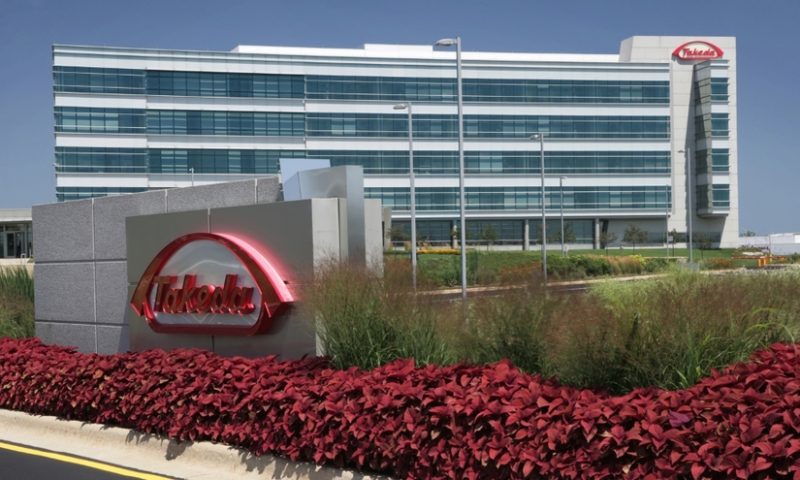As Arrowhead continues its turnaround, this election cycle is looking like a new era compared to the last as it strikes a major billion-dollar deal with Takeda.
The new pact revolves around a collab and license deal for ARO-AAT, a phase 2 investigational RNA interference (RNAi) therapy designed to treat alpha-1 antitrypsin-associated liver disease (AATLD).
ARO-AAT works by cutting down the production of mutant alpha-1 antitrypsin protein, the cause of AATLD progression. The condition is the most common genetic cause of liver disease in children.
Takeda will pay $300 million upfront with up to $740 million in biobucks also on the cards to co-develop ARO-AAT, which, if approved, will be co-commercialized in the U.S. under a 50-50 profit-sharing structure.
Outside the U.S., Takeda will lead the global sales strategy and receive an exclusive license to market ARO-AAT, with Arrowhead on tap to see tiered royalties of 20% to 25% on net sales.
Takeda, which is continuing its unbroken run of backing biotechs with big biobucks, will sort this deal under one of its core R&D areas, namely its gastrointestinal pipeline.
“AAT-associated liver disease is a devastating condition for which there are no approved therapies. With its RNAi-based mechanism of action, ARO-AAT has the potential to treat the underlying cause of AATLD, thereby helping patients avoid the need for liver transplantation and associated co-morbidities,” said Asit Parikh, M.D., Ph.D., head of the gastroenterology therapeutic area unit at Takeda.
“We are excited to collaborate with Arrowhead to bring forward this exciting late-stage liver asset for the Alpha-1 community as part of our growing GI portfolio.”
“This agreement also supports our strategy of using partnering selectively to continue to invest in our Targeted RNAi Molecule platform and the growing pipeline of RNAi therapeutics targeting diverse tissue types, while focusing our commercial organization on opportunities in two key areas of cardiometabolic and pulmonary,” added Christopher Anzalone, Ph.D., president and CEO at Arrowhead.
Things were very different for the biotech four years ago: The day before the 2016 U.S. election in November (and the timing could only have been deliberate to minimize its impact), Arrowhead quietly posted the miserable news that its hepatitis B candidate, ARC-520, was placed under a clinical hold by the FDA after a number of nonhuman primate deaths in testing.
Then things got worse: A few weeks later, at the end of November, this candidate, along with a host of others and 30% of its staff, were put under the ax as the biotech sought desperately to refocus.
Much of its work had revolved around its EX1 delivery vehicle, but the drugs created under this system—hep B meds ARC-520 and ARC-521 and ARC-AAT for alpha-1 antitrypsin deficiency—were all canned.
ARC-520 had once been touted as a potential cure for hep B, with the entire company and its platform once said to be a trillion-dollar opportunity. That went up in ashes.
Cue its market cap falling hard, dipping under $90 million on the news. It ended the year at around $1.55 a share; at its 2016 peak in August, it had been valued at more than $8 a share. It had been locked in a rivalry with fellow RNAi biotech Alnylam, but fell seriously behind after its annus horribilis, with its rival ever since pulling ahead with new approvals and plaudits.
But Arrowhead has been staging a steady comeback: In 2018, Johnson & Johnson paid $175 million and committed to $1.6 billion in milestones for Arrowhead’s second-attempt hep B drug ARO-HBV.
Since being in the doldrums in 2016, the company now has a market cap of nearly $5 billion, with its shares up today on the news by around 6% in early trading.

